-
Why "99 francs" is not the best pricing strategy, and how to "draw" attractive prices now
12 min read Why "99 francs" is not the best pricing strategy, and how to "draw" attractive prices now
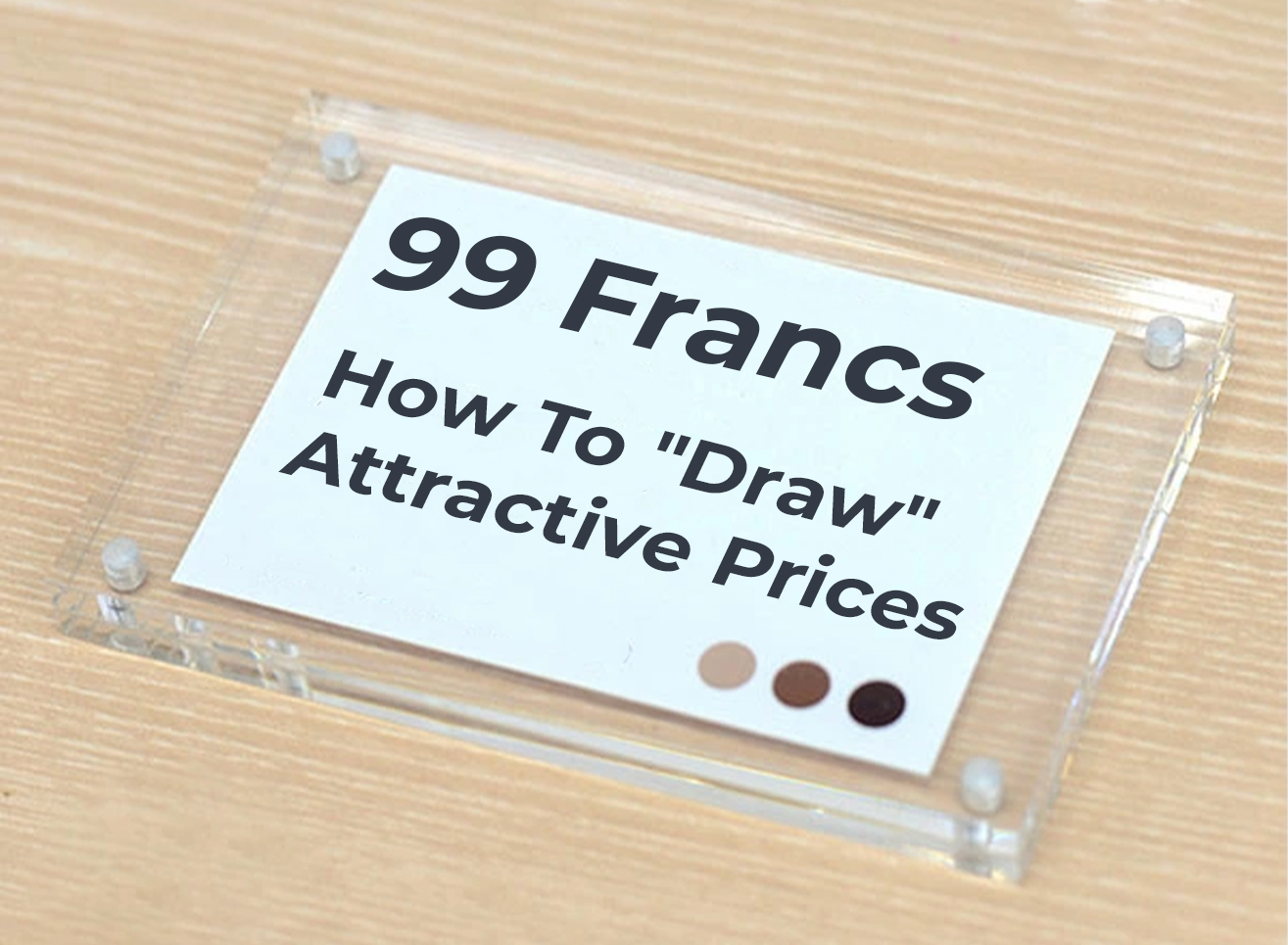
There is a specialist who studies behavioral psychology and applies it mainly to e-commerce. We have actively incorporated his findings into our analytics, and it must be said that there is an effect.
What is the mistake of "99 francs"?
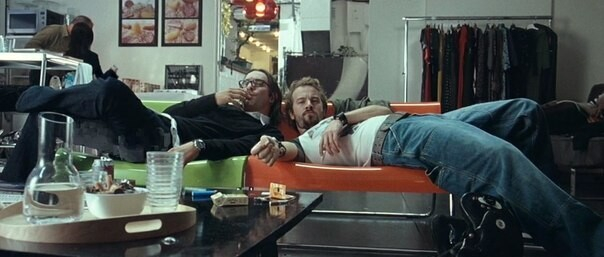
Octave Parango and Charlie Dacou, the heroes of "99 Francs," are puzzling over a difficult problem.
Marketers like to assign prices below the round number (e.g., $39.90 or 99 francs).
However, new research proves that such charming prices are not always effective.
On the contrary, prices above the round number (e.g., $20.05) can influence shoppers to increase their average check (hereafter, we cite the authors of the study with reference to: Kim, Malkoc, & Goodman, 2022 ).
Why $51.95 is more attractive than $49.95
In a recent paper, researchers sold coffee:
Small coffee: $0.95
Large coffee: $1.20
Customers preferred the small coffee because it was more profitable.
But then the researchers added a 5-cent charge to each cup:
Small coffee: $1.00
Large coffee: $1.25
Buyers now favored the larger cup of coffee.
Even though the larger coffee was still a quarter of a dollar more expensive, the deal seemed better because both varieties were now priced above $1.
The round numbers are thresholds that affect our costs.
Suppose you see a backpack costing $49.95. Your budget was $50, so you proceed to checkout.
But, hmmm, the total amount (including taxes) is now $51.95.
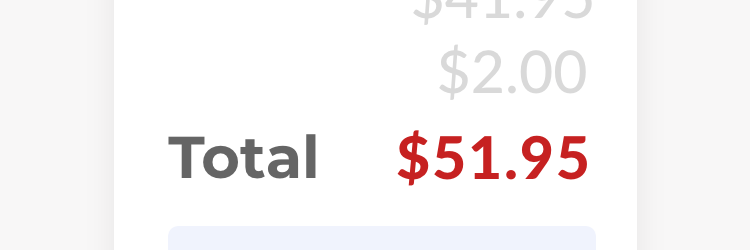
Total of $51.95
Thats only $2 more, right? So you are still planning to buy it.
Take a closer look, though: youre now willing to spend more than $50.
If you see an improved backpack for $65, youre likely to buy this improved version instead of the $49.95 backpack.
Once you get past a round number, such as $50, the new costs seem less noticeable (and therefore less painful).
The same effect can happen with:
- a $500 flight
- a $5,000 deposit
- a $50,000 car
Conclusion: Overcharge slightly.
Personal tip: Be careful when jumping over round prices. It will be harder for you to control yourself not to spend more.
Why round numbers affect spending
People have used sensory concepts to expand their knowledge in abstract areas.
Consider the idea of physical containment:
Sensory: My phone is in my pocket.
Abstract: I live in the United States.
When you imagine a geographical region, your brain creates this mental image with the sensory concept of physical limitation.
And this effect influences your perception and behavior:
Geography. You perceive a natural disaster (such as a hurricane) as less threatening when it occurs in a neighboring region (Mishra & Mishra, 2010).
The trajectory seems less able to penetrate a geographic boundary because your brain conceptualizes cartographic boundaries as physical boundaries.
Timing. The 5-day deadline seems more distant if the final date is in the next week or month (Tu & Soman, 2014).
Round numbers. Stock prices tend to rise if they start the day with values just above a round number (e.g., $20.05; Johnson, Johnson, & Shanthikumar, 2007).
Passing a round price (e.g., $20) is like passing a hard threshold. It seems easier to keep progressing, but harder to go back.
Why do round numbers follow in increments of five - 5, 10, 50?
People are born with five fingers on their hands, so many cultures have developed a numbering system from this source (Gibbs, 2005).
A couple more techniques for psychologically "reducing" the price
- Move the price tag up
Historically, price tags dont just catch the eye of the beholder, theyre mesmerizing.
A change in appearance (e.g., font, color, location) can make prices seem cheaper or more expensive.
For example, food seems lighter and healthier when it is placed higher on the package (Deng & Kahn, 2009).
Subconsciously it seems that the food has been moved to that location. Therefore, it should naturally be lighter.
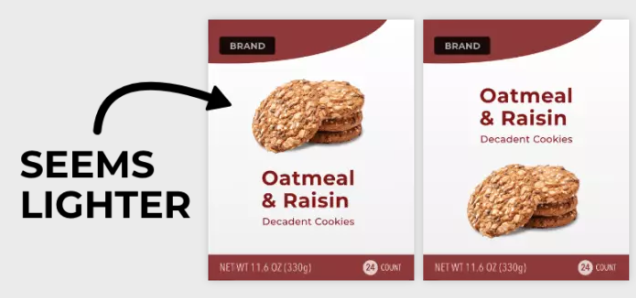
Cookie bag with cookies on top
Its the same with prices. They feel "lighter" in places higher up.
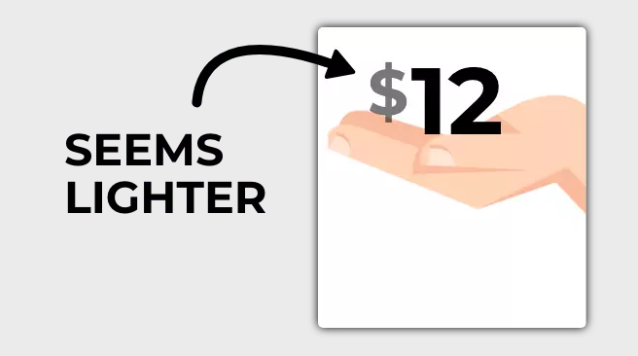
Price at the top of the tariff plan
- Dark colors add to the solidity

The dark square outweighs the white one
Why does it matter? Because gravity reflects many ideas:
Durability. Darker products look more durable (Haugtvedt, 2020).
Pricing. Prices have an abstract weight. You want them to appear light and small, so place them on a white background.
Importance. Severity implies importance. In one study, information seemed more important in a thick clipboard (Ackerman, Nocera, & Bargh, 2010).
Perhaps recall on a dark background would "carry more weight.”
Prices depicted on light price tags are visually perceived as cheap. Conversely, goods displayed in dark colors should evoke a sense of high value and high status.
Okay, but how do you sell luxury goods?
Answer very quickly: Your company is releasing a new perfume, and you need to put a picture of that perfume in an advertisement. Where should you place it?

Is the perfume bottle on the left or the right?
The answer? It depends on whether your brand is a luxury item or not.
It turns out that advertising works better when luxury goods are shown further away from people in ads (Chu, Chang, & Lee, 2021).
Luxury brands raise high expectations. We covet them because they seem distant. If these brands seem too accessible, however, they lose their appeal.
And its not just a visual distance within an advertisement. This effect also works in reality.
Customers chose a high-end backpack when they were standing far away, but they preferred an "everyday" backpack when they were closer.
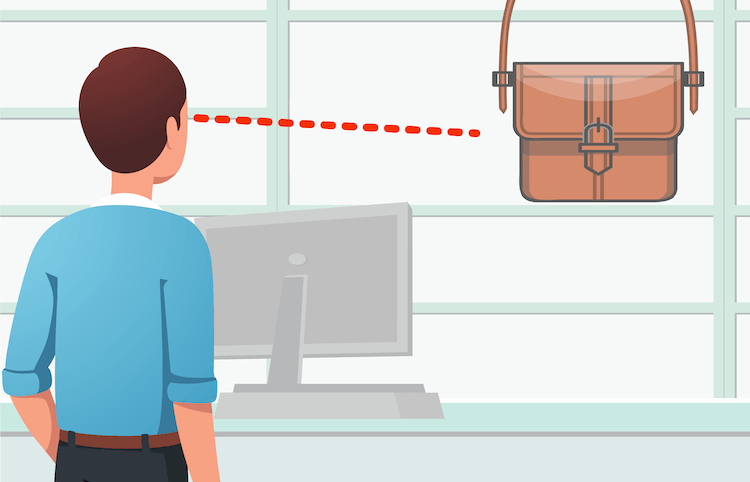
Backpack at the retail counter
If youre selling a luxury brand, you need spatial distance:
- Add space around your logo. Apple displays its logo (and retail products) in a distant perspective.
- Place ads on high billboards. Selling an expensive watch? Billboards can be effective because viewers will be further away.
If you sell a popular product, choose a closer medium (such as a magazine) so people will physically touch the ad.
- Act "cold" on social media. Surprisingly, its a fact. Luxury brands seem incomplete if they behave too friendly (Park, Im, & Kim, 2020).
In our brains, social warmth is built from physical warmth and intimacy. If someone acts socially detached, they feel physically detached (more on this in the book The Tangled Mind).
- Turn down the thermostat. In retail stores, low ambient temperatures increase sales of luxury goods because they reinforce the perception of social distance
- Dont let mannequins hold luxury items. If customers believe that anyone can buy a luxury handbag, this ubiquity casts a shadow over the brand.
Сonclusion
Why is the subject of the psychology of advertising, and in particular the psychological impact of price, more relevant today than ever before? It is about falling demand, which is observed all over the world. In a crisis, the population shifts to a savings model, which hits sales and production hard. We seem to be repeating the Great Depression of the 1930s, with one difference - inflation instead of deflation. In this environment, companies will have to go out of their way to save jobs. And as a demand stimulus, the trump card of behavioral marketing will come in handy.



